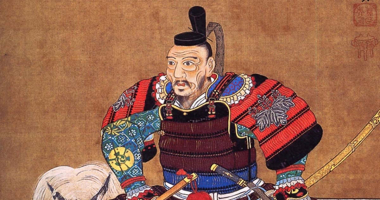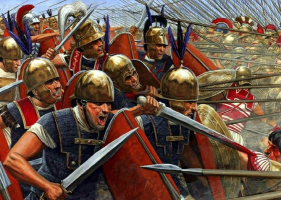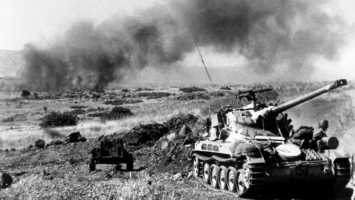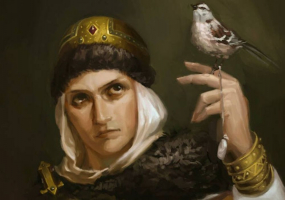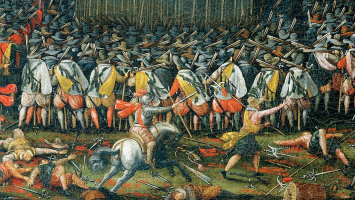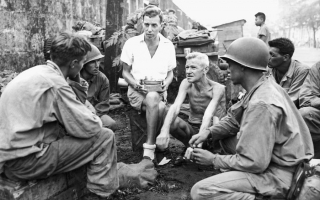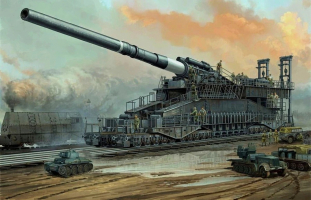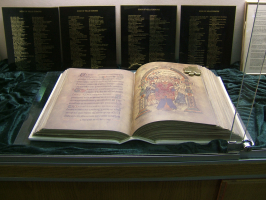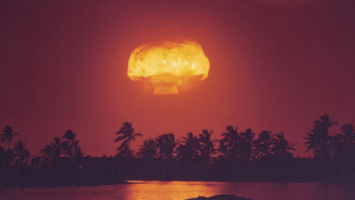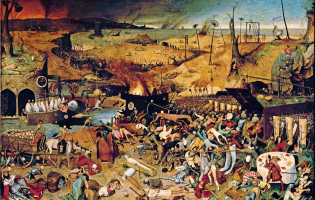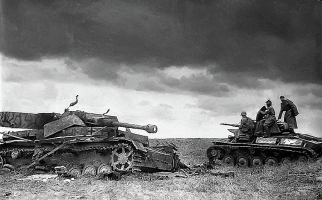Top 10 Elite Soldier Groups in History
A nation or empire has only ever been as powerful as its military throughout history. The might of your best troops and their prowess in battle have been the ... read more...cornerstones of your growth and dominance. Some stand out even among the greatest troops in history. Some of the most legendary and dreadful warrior tribes the world has ever known can be found here.
-
One of the most well-known representations of ancient conflict is the Roman soldier, or "legionarius," standing with his lorica segmentata on. Depending on the time period, they had different weapons and roles, such as republican or imperial soldiers. The armor and weapons used by a late imperial soldier would have varied greatly, ranging from the early Clipeus (a shield resembling a Greek shield) and hasta (a spear) to the renowned scutum and gladius.
Roman legionaries were professionally educated and disciplined foot soldiers who fought as a part of the legion (Latin: legio), which was created by the Marian Reforms. Roman armor and weapons remained straightforward: a cuirass, a spear, a sword, a shield, and a helmet. However, there were significant tactical modifications throughout the closing years of the Roman Republic and the early years of the Roman Empire.
Conscription remained an option in times of emergency, although recruitment was primarily voluntary, and military duty lasted for 16 years (later extended to 20, then 25). The living circumstances were frequently exceedingly harsh, and discipline was strictly enforced. The compensation was good, though, and those who were dismissed with honor were given a one-time sum of money and a piece of land in appreciation for their service.
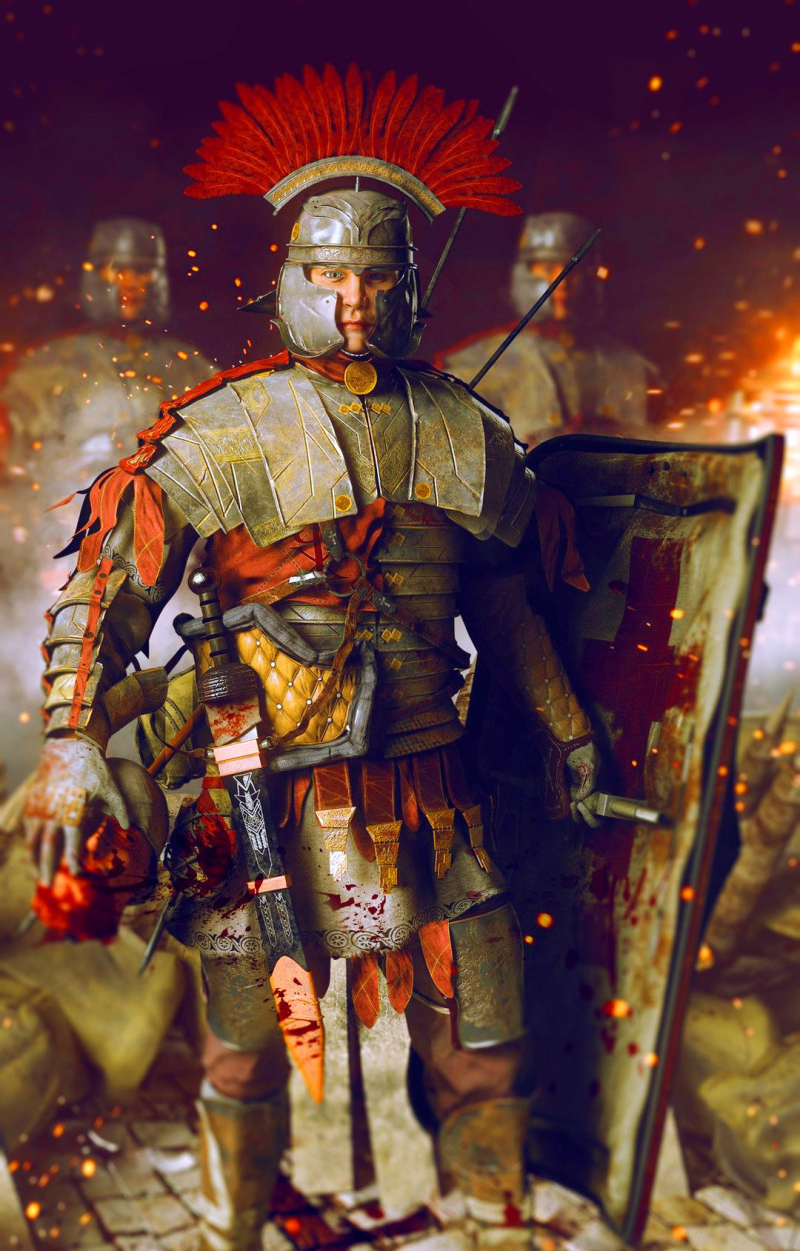
https://www.pinterest.com 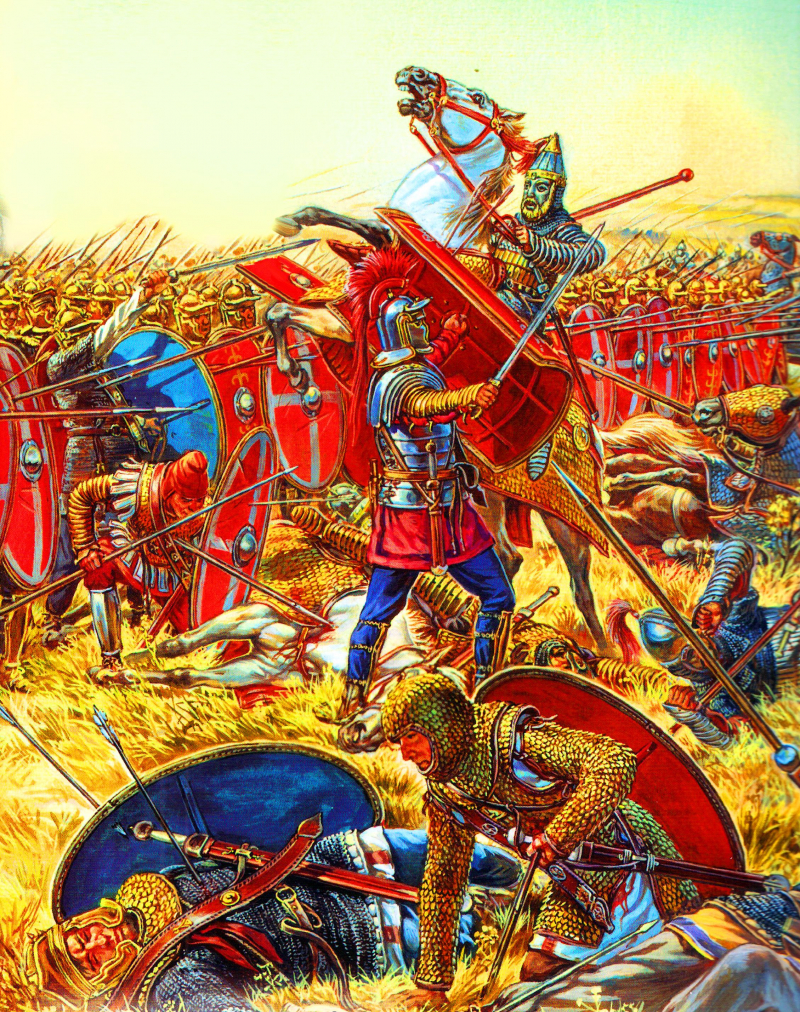
https://www.pinterest.com -
The upper and middle strata of the warrior class, known as bushi, were the domain of the samurai, the elite warriors of feudal Japan. Contrary to common assumption, they were trained in sword fighting but preferred the bow (yumi) and the spear as their primary weapons on the battlefield (yari). Following their trade with the Portuguese, they also employed matchlock-style arcanes (tanegashima teppo). An ancient weapon was the arquebus.
Samurai were initially mounted fighters who, in later years, would also be used as foot soldiers. The lamellar armor used by the Japanese in the 7th century was the ancestor of the 'yoroi' or samurai armor. Yoroi were somewhat cumbersome to wear because the majority of the weight hung from the shoulders. But as firearms became more common in the 1500s, a new style of samurai armor known as "tosei gusoku" emerged. It was more maneuverable in combat thanks to its reduced weight and shortened waist.
During the Heian Period, people who would engage in combat were referred to as samurai. In other words, regardless of their social standing or place on the battlefield, there was always a great need for strong and skilled fighters. Anyone may become a samurai during that time.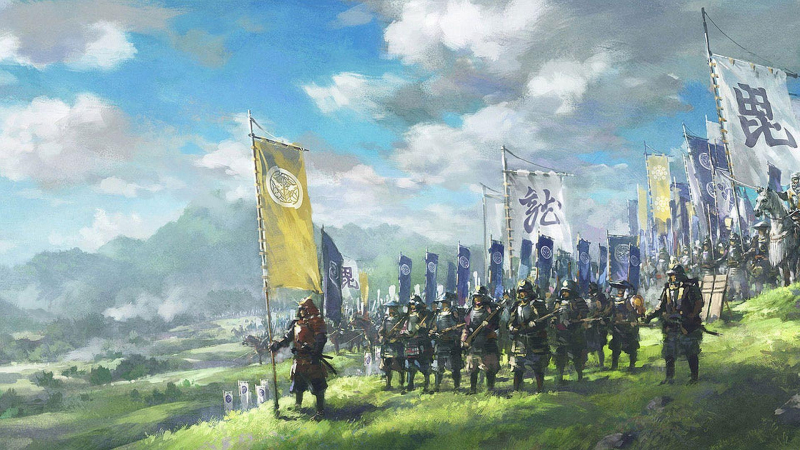
https://wallpapercave.com/ 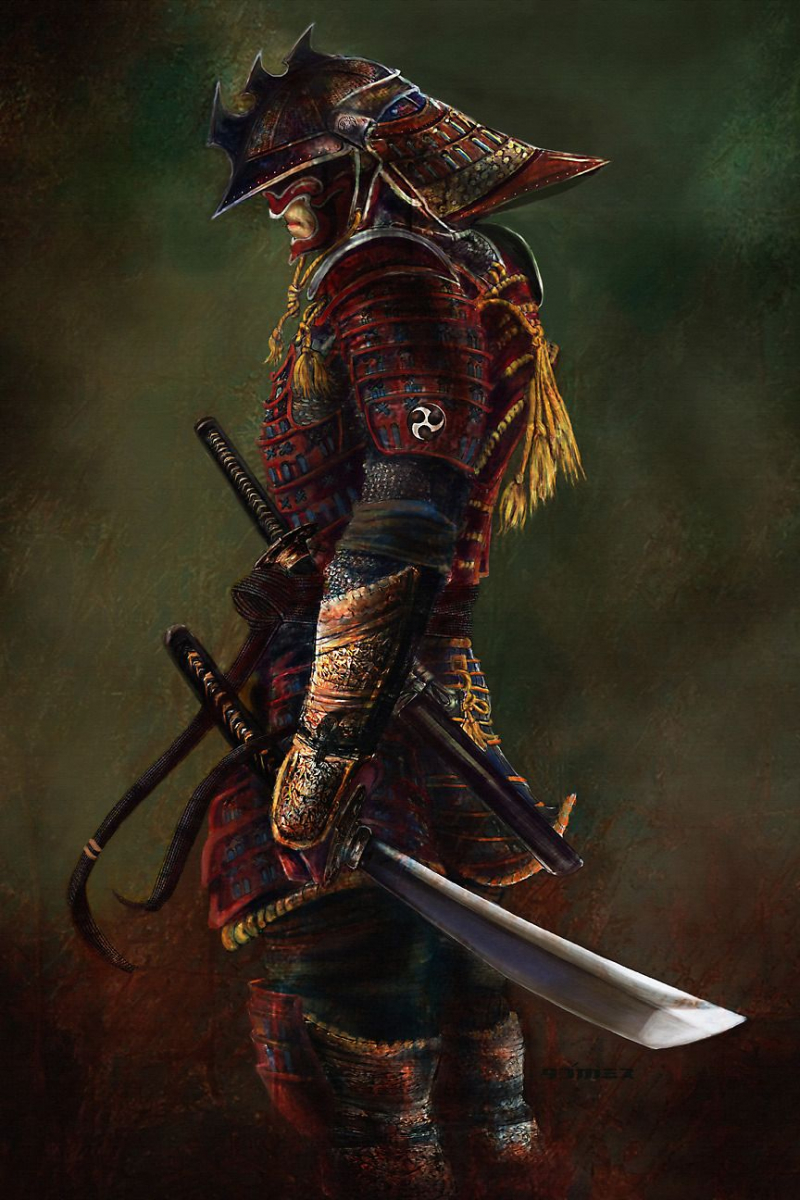
https://www.pinterest.com/ -
The Vikings were mariners, navigators, and seaborne raiders of the Norse descent. The Norse military, mercantilism, and population growth had a significant role in early medieval history. The majority of how the Vikings are portrayed in popular culture today is based on cultural cliches and assumptions, yet the earliest Vikings weren't full-time soldiers or professional privateers, at least not at first.
They used to be full-time farmers and fisherman who spent most of the year at home. They would only have responded to a local leader's summons in the summer and crossed the sea to raid, trade, or look for new places to settle.
It's crucial to understand that the term "Viking" does not, in and of itself, refer to a race. It alludes to those Norse individuals who would embark on a Viking, or an international adventure. A spear, their most frequent weapon, a shield, an axe, and a sword make up a Viking's standard arsenal. Mail armor serves as their most prevalent form of armor.
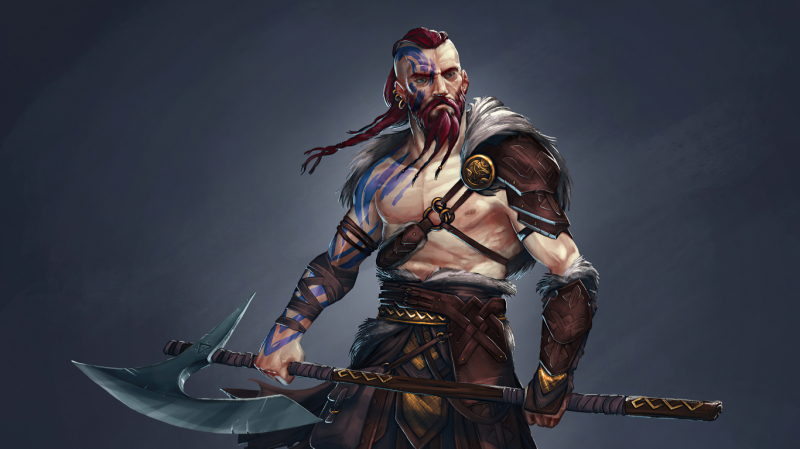
https://sweetfecta.blogspot.com 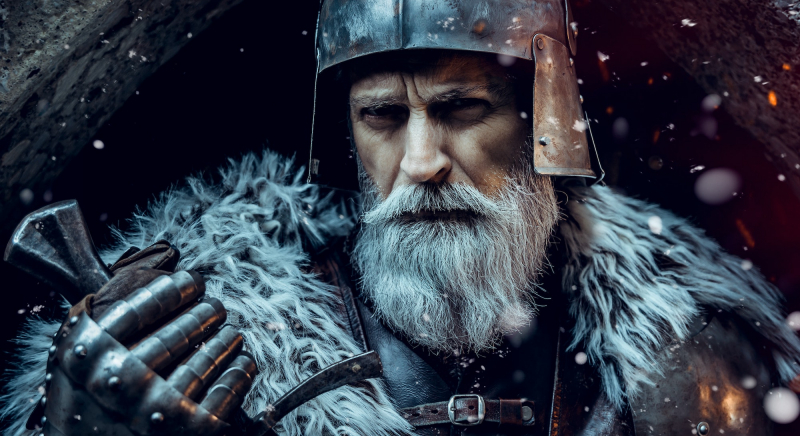
https://www.inverse.com/ -
The ferocity and savagery of Maori warriors were legendary. The Maori military formation was known as a hapu. A hapu typically had less than 100 warriors and infrequently had as many as a few hundred. Men made up the majority of the warriors, but women were also known to engage in combat. Several hapu frequently combined forces in conflict. The warriors were usually led by a chief.
picture of maori soldiers
Maori warriors typically launched their assaults in the early morning. They were masters of surprise attacks and ambushes. They were able to appear and vanish quickly and soundlessly in the dense, unpolluted New Zealand jungle. Their supplies included:
- Wahaika: A brief, flat club typically made of bone, wood, or greenstone.
- When fast, in-fighting action called for thrusting jabs, the otiate was used.
- The notches on the sides of Taiaha, the preferred weapon on the battlefield, are used to capture the opponents' weapons. The adversary could be disarmed with the proper flick and wrist twist.
- A long club, usually five feet or longer, is called a toki pou tangata.
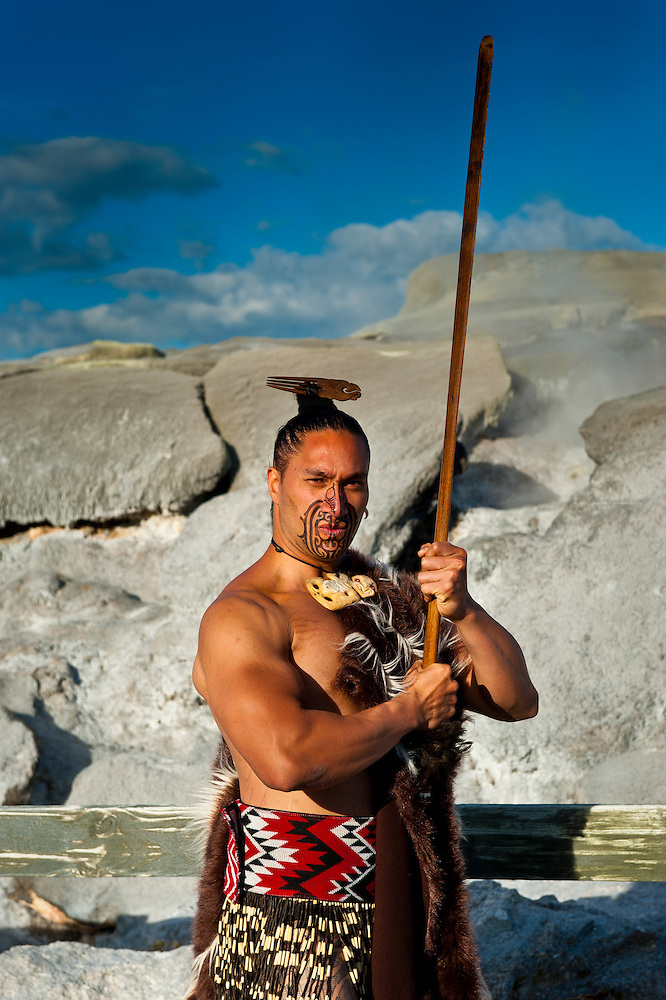
http://hubpages.com 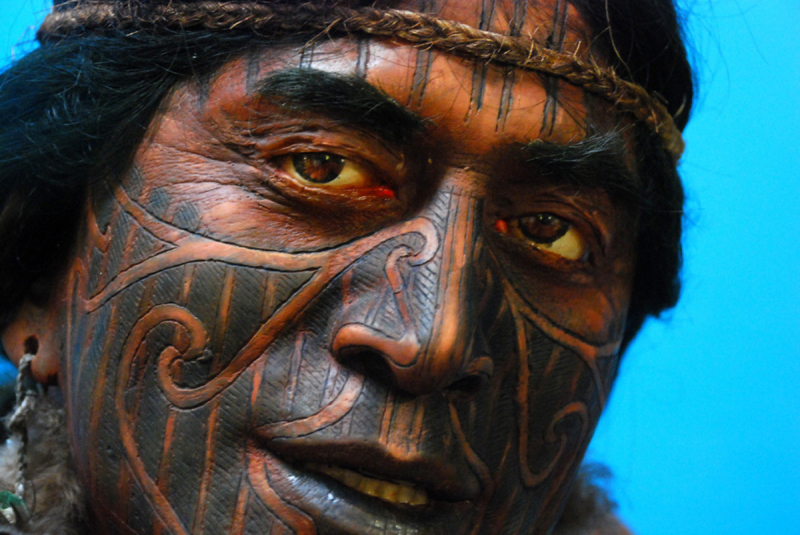
http://blaineharrington.photoshelter.com -
During the growth of the Persian Empire and the Greco-Persian Wars, the 10,000 heavy infantry soldiers known as The Immortals served as both the Imperial Guard and the standing army. They were the first Persian Empire's elite force. The honor of being picked to become an Immortal was amazing. They were known as "Immortals" by Herodotus, whose works are largely responsible for the historical information we currently possess about these illustrious warriors.
They were given the moniker "Immortal" because no one in the 10,000-person force was ever killed or seriously injured before someone else took his place. Thus, from a distance, it may seem that every infantryman was 'immortal,' and their replenishment might have amounted to a resurrection of sorts.
They had advanced equipment, and their armor sparkled with gold. They were armed with wicker shields, short spears, swords or big daggers, bows, and arrows, according to Herodotus. They also wore a unique headpiece, which was maybe a Persian tiara.
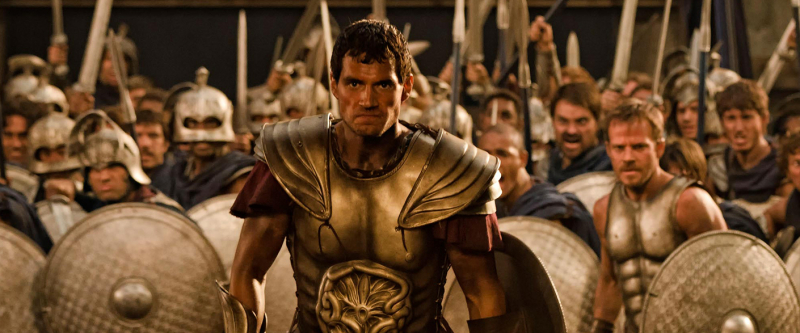
https://www.syfy.es/ 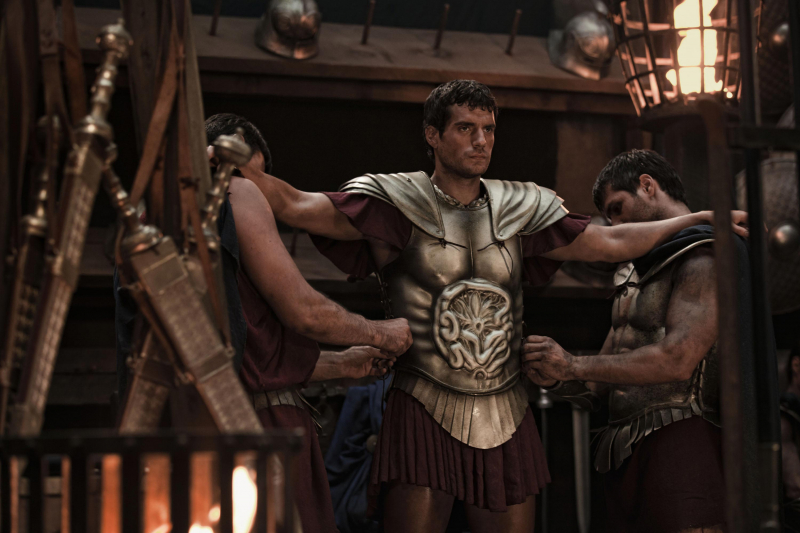
http://www.filmofilia.com/ -
One of the powerful military city-states in ancient Greece was Sparta. This city-state stood out from the others due to its total dedication to rigorous military training. The Spartans used phalanx warfare, like other Greek city-states, to confront the adversary in combat. However, due to their rigorous training regimen, the Spartan phalanx was regarded as one of the best in combat.
Warriors from Sparta were undoubtedly well-trained soldiers. However, in the ancient world, Sparta was renowned just as much for its government, educational system, philosophical culture, economic independence, diplomacy, music, and dancing as it was for its illustrious hoplites. Sparta in antiquity was much more intricate and varied. While they've also been referred to be warrior philosophers, Plutarch asserted that "devotion to the mind is more distinctive of Sparta than love of physical exercise."
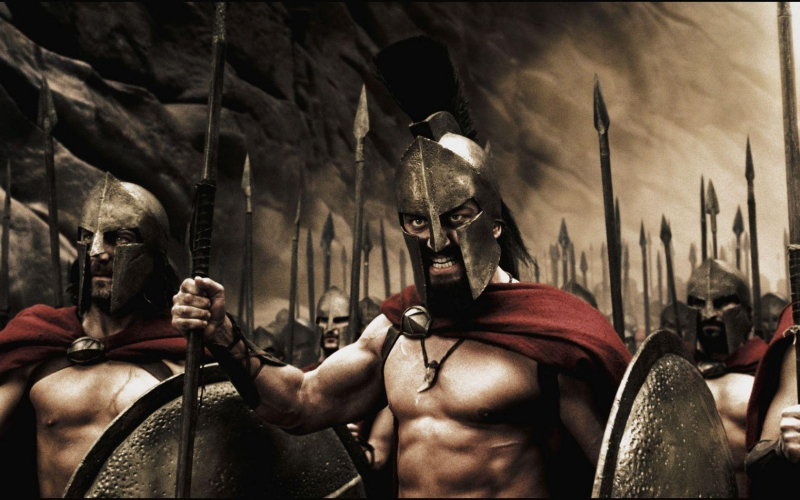
http://wallpapercave.com/ 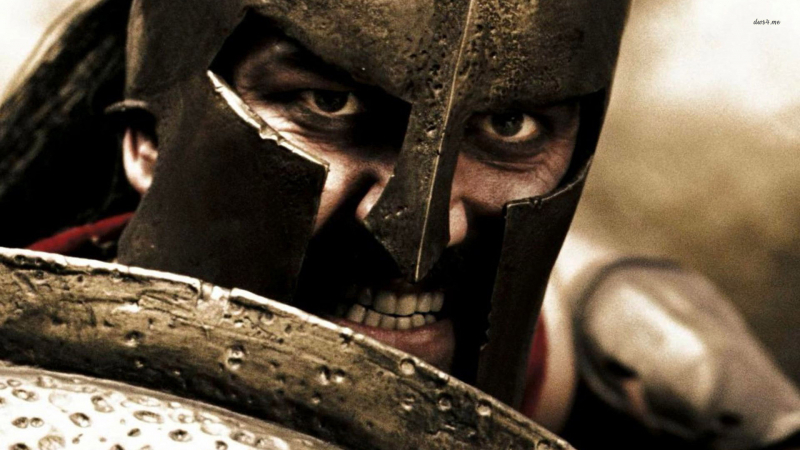
http://getwallpapers.com -
An illustrious military unit of the Genoese Republic was called the Balestrieri Genovesi (Italian). For both foreign and other Italian powers, they served as mercenaries. The Genoese were well-known for being highly accomplished professionals as well as being generally accessible and plentiful. The maritime prowess of Genoa appears to have contributed to the high numbers of professional crossbowmen.
Genoese legislation stipulated a minimum number of crossbowmen that galleys had to carry. There is no question that the employment of the crossbow was associated with the city's naval and commercial success, although the existence of such a ban does not imply that it was always adhered too strictly.
They had substantial pavise shields (scudo pavese, in Italian). Crossbows require less raw strength to operate than longbows, making them simpler to employ. But even so, loading a medieval crossbow should hardly be seen as simple.
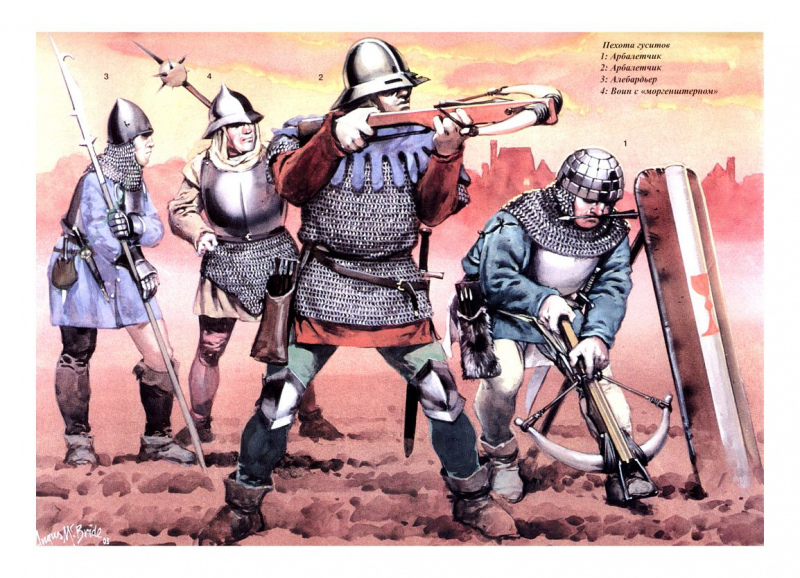
https://www.pinterest.com 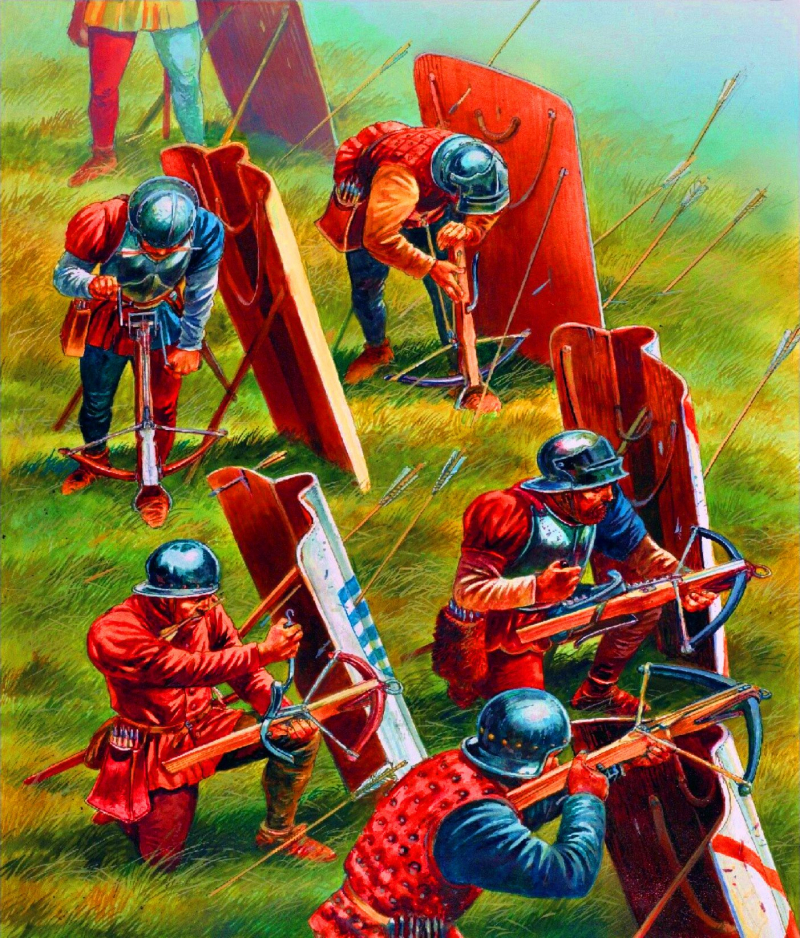
https://www.pinterest.com/ -
The 28-year-old King Henry V of England set up camp in the fields and orchards of Maisoncelles near Agincourt after a 17-day march from Harfleur that nearly circled the sources of the river Somme. The most well-known instance of longbowmen in action is during the Battle of Agincourt. The threat presented by English longbowmen in a pitched battle (a conflict on a designated battleground) was well acknowledged.
The draw weight of a medieval longbow is a subject of much debate. Although other sources cite substantially larger draw weights in the region of 150-160 pounds-force, it has been calculated to be between 90 and 110 pounds-force. Certainties include the fact that the English longbow was a potent weapon and the archer was a professional soldier who had specialized training to achieve the strength and proficiency required to utilize his weapon.
The Englishman's right hand was used to pull his bow while his left hand was not kept stable. Instead, he put his entire body weight into the bow's horns while keeping his right at rest on the nerve. It is likely from this that the expressions "bending the bow" and "drawing a bow" came into being.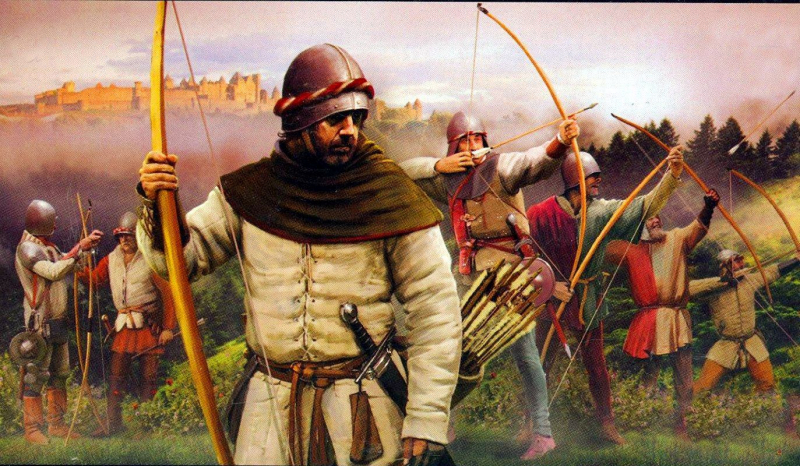
https://www.pinterest.com/ 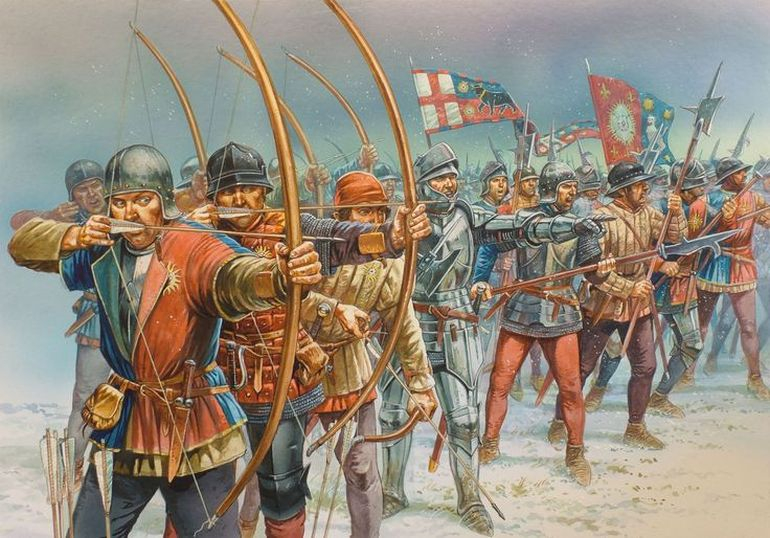
https://www.realmofhistory.com -
Western archery history is replete with classic images of Mongolian horse archers. Because of their extraordinary ability with a bow, horse archers were an essential part of the Mongolian army and feared warriors.
The remainder of the year, Mongolian soldiers would stay in their own gers (yurts) and take care of their livestock since an army typically only engaged in combat during the summer. With the aid of their horses, the Mongols were able to travel great distances without much difficulty. They could cover 10 miles per day while being physically capable of fighting an enemy.Mongolian horse archers evolved from nomadic tribes who followed herds of cattle, sheep, and goats from one grazing area to the next for their food. In contrast to the littoral (meaning by the coast), permanent settlement society, entire peoples were seen residing in movable homes in Eurasia. Until their horses practically became extensions of themselves, these nomadic men spent the majority of their time riding horses.
Their cavalry archer units were armed with bows constructed of a wood frame in the center, a coating of sinew on the rear, and a layer of horn on the inner surface. These bows were short enough to be utilized from a horse, and they could pull well over 100 pounds. This allowed these troops to remain quite mobile.
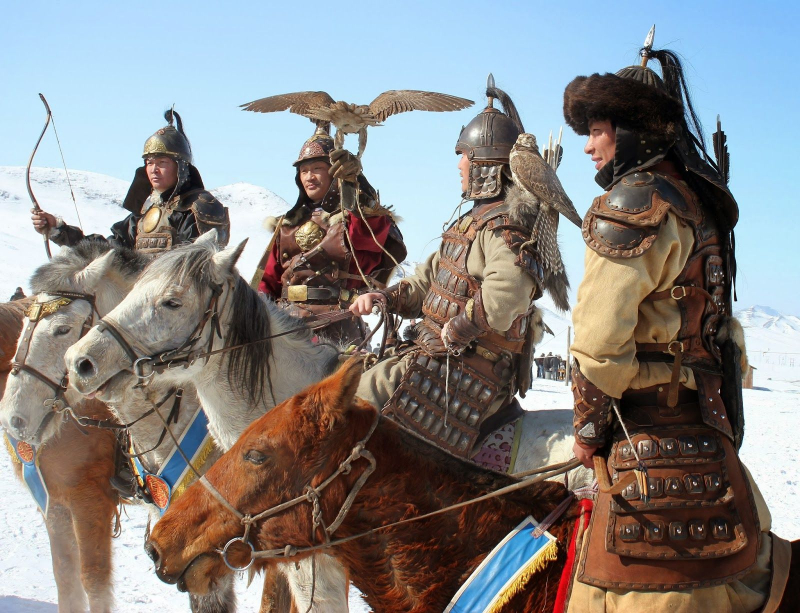
https://www.pinterest.com/ 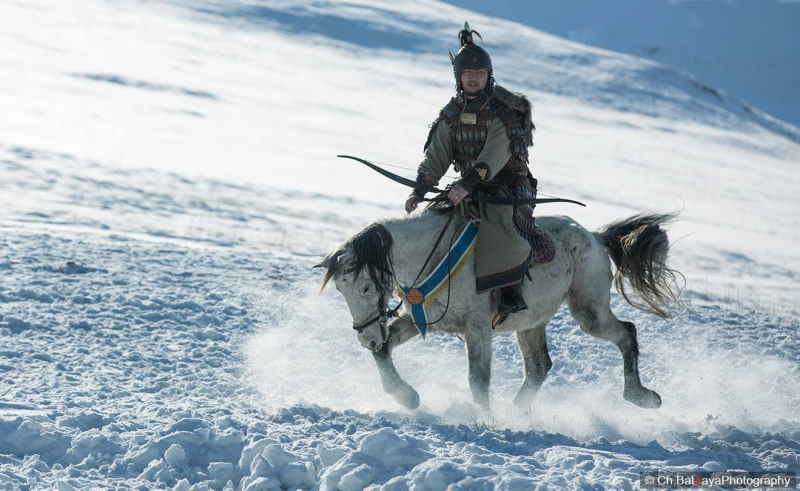
https://www.pinterest.es -
In the eighth century, under Charlemagne's rule, the first knights appeared. By the ninth century, a large number of knights and nobility had fiefs that greater lords had given them in exchange for their military and other services. The 14th century saw the return of the knight to foot warfare in various countries.
However, there was still a strong link between the knight and mounted battle with spears and later lances. Depending on the period of the Middle Ages we are discussing, medieval knights or mounted nobility also differed considerably.
Equipment would differ greatly between a Norman knight at the Battle of Hastings, a Knight Templar in the Holy Land, and a late medieval knight wearing full plate armor. With the advent of full plate armor in Europe in the late 15th and early 16th centuries, plate armor achieved its apex. This was separated into the white northern Italian armor style and the gothic southern German type.
Being distinct from the two main continental styles, a true English style of armor was likely also in use. A knight's lance, pole arms, blunt weapons, and—although it was viewed as a secondary weapon on the battlefield—sword were his armaments.
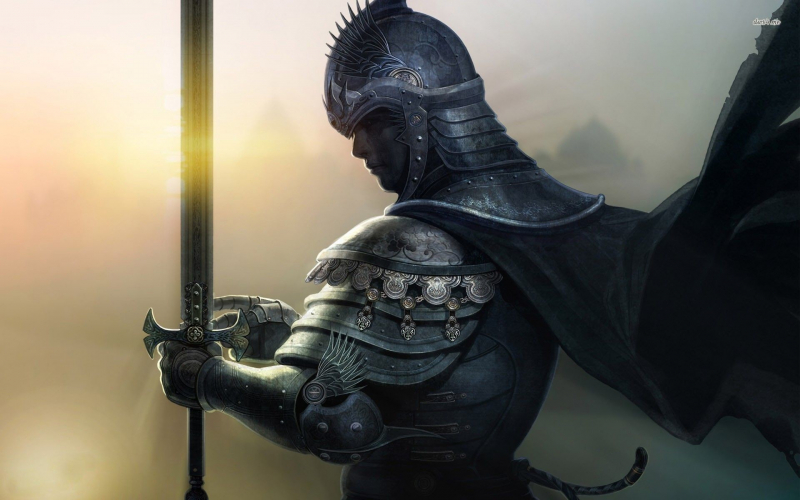
http://getwallpapers.com/ 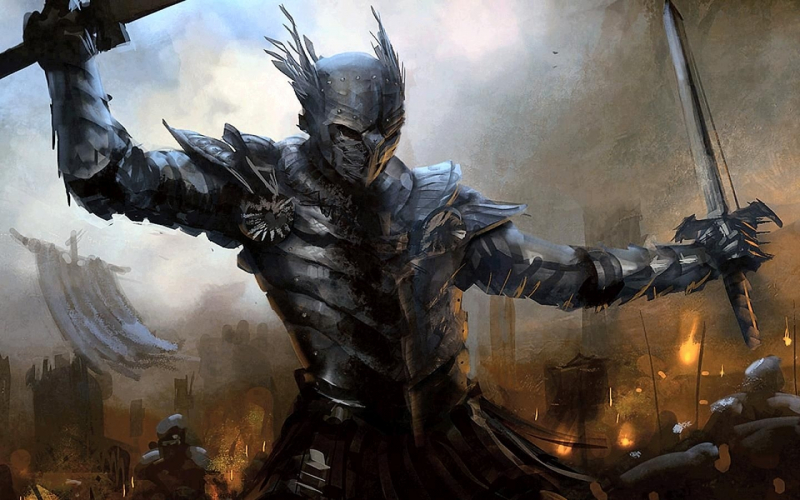
https://www.pixel-creation.com/












